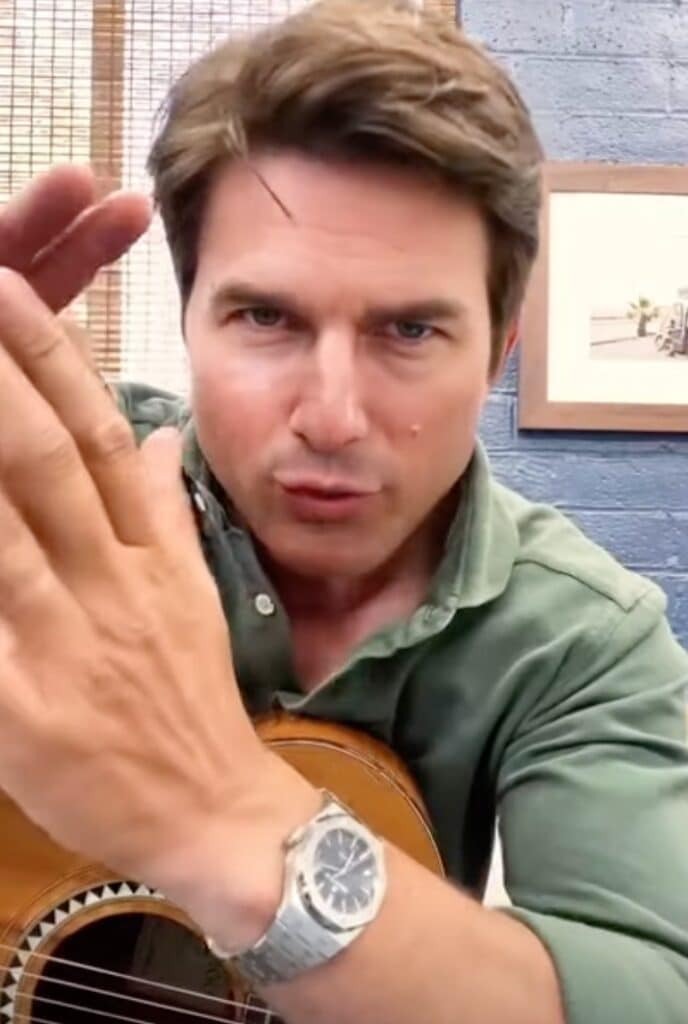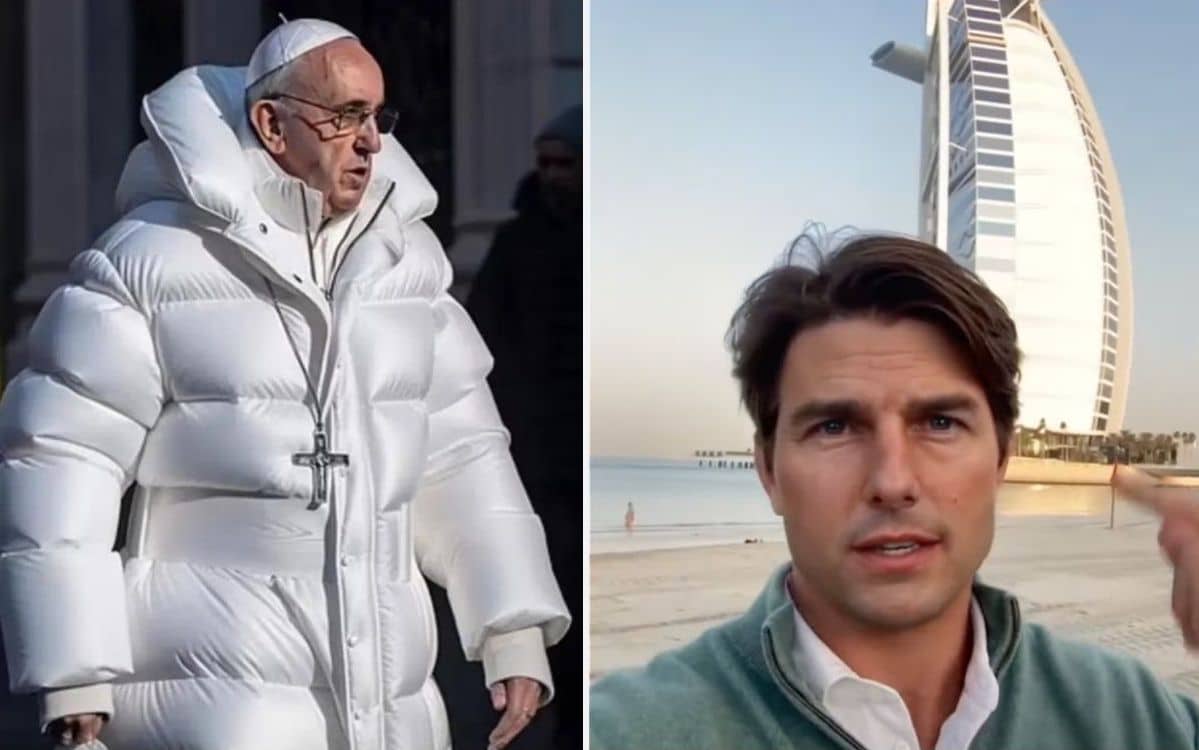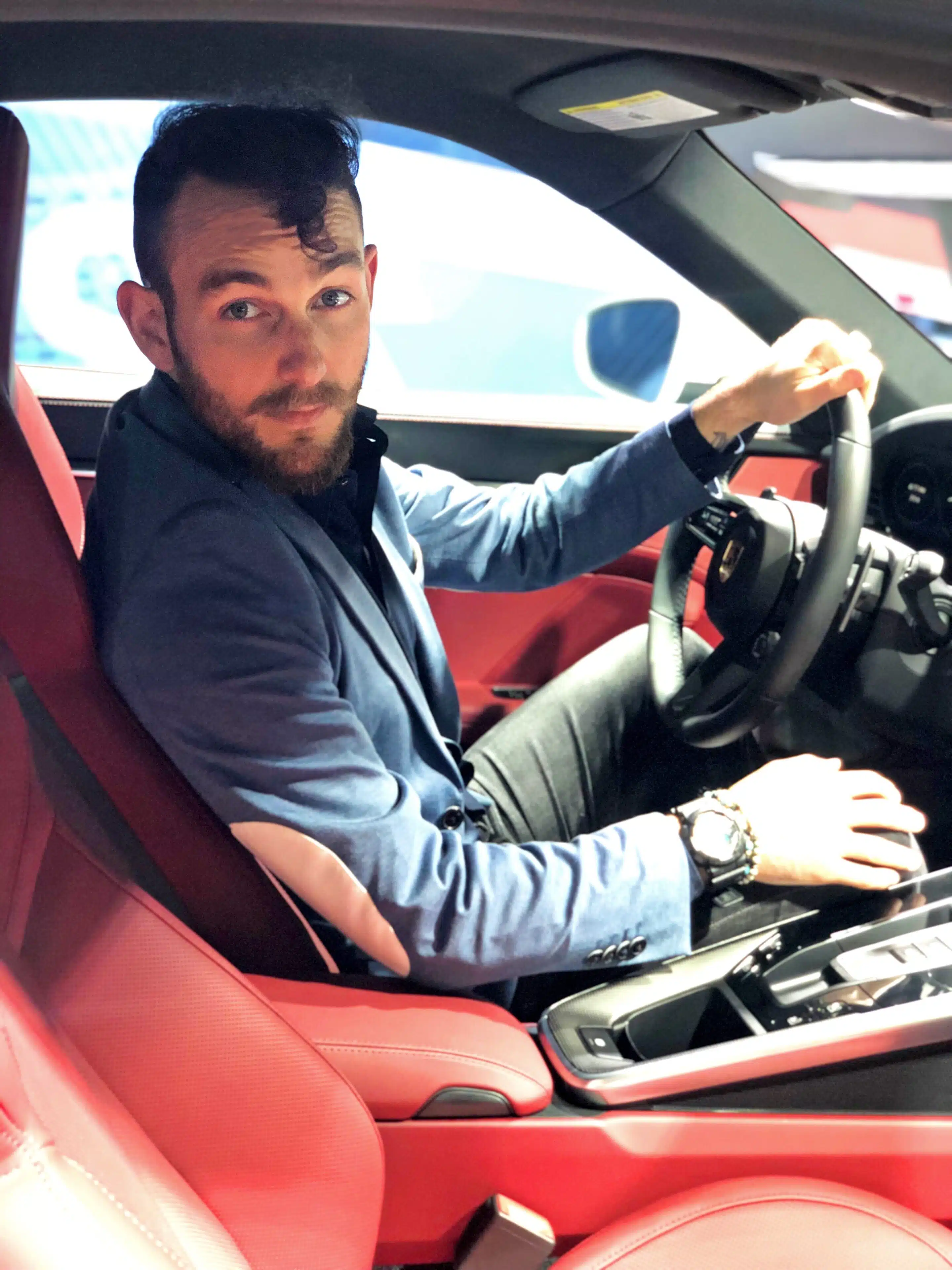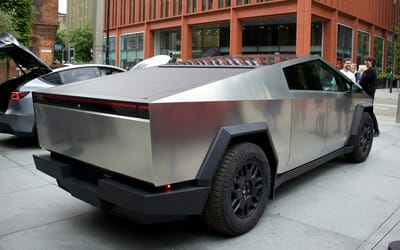Study shows that humans are struggling to tell difference between AI speech and real voices
Published on Aug 04, 2023 at 6:08 PM (UTC+4)
by Alessandro Renesis
Last updated on Aug 07, 2023 at 7:30 PM (UTC+4)
Edited by
Kate Bain
Researchers are worried about the fact that humans are apparently unable to tell the difference between a real human being an AI-powered deepfake.
A study was conducted, and the results are quite scary.
READ MORE: Japanese AI fashion model is taking over the world’s biggest brands and commanding huge fees
For reference, when people use the term ‘deepfake’ they refer to the fake depiction of somebody’s appearance or voice using Artificial Intelligence.
The technology behind it was actually developed by a former Apple employee called Ian Goodfellow.
We all know that the road to hell is paved with good intentions and the problem is deepfakes are becoming almost too good.
A team from University College London used an algorithm to generate 50 deepfake speech samples and played them to 529 participants.
The participants were only able to detect fakes three times out of four, and the result improved slightly when they were proactively preemptively taught how to spot fakes.
One of the authors of the study, Kimberly Mai, said things may be even worse than they seem.
“It’s worth noting that the samples that we used in this study were created with algorithms that are relatively old,” Mai said.
“This raises the question whether humans would be less able to detect deepfake speech created using the most sophisticated technology available now”.


The bottom line is everyone’s afraid this type of technology could be used by scammers and criminals.
And it’s actually already happening.
In 2019, the CEO of a British energy company was convinced to transfer a significant amount of cash to a false supplier by a deepfake recording of his boss’s voice.
Obviously, sometimes deepfakes are just made for fun.
More recently, earlier this year, a deepfake photo of Pope Francis wearing an enormous white puffer jacket went viral because thousands of people thought the picture was real.
And then of course, a lot of people may be familiar with the guy who went viral by creating deepfakes of Tom Cruise.
Professor Lewis Griffin, senior author of the study, said this technology comes with benefits and risks.
“It would be prudent for governments and organizations to develop strategies to deal with abuse of these tools,” Griffin said.
DISCOVER SBX CARS: The global premium car auction platform powered by Supercar Blondie






